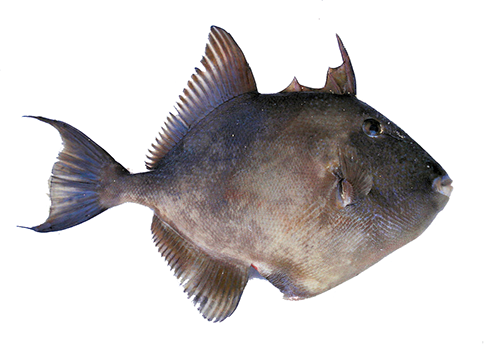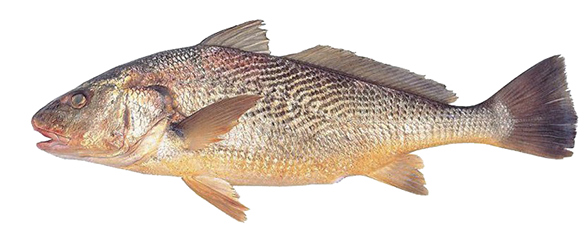THE CUBE ENVIRONMENT
The Wildlife and Plants

BIRDS
OSPREY (Pandion haliaetus) a member of the eagle family with a 5.5 foot wingspan, the osprey is a specialized predator, frequently seen catching fish off the Cube beach area.
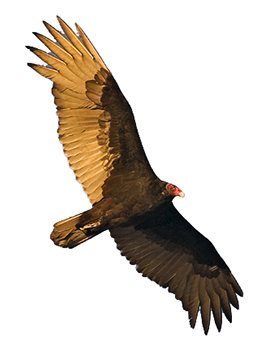
TURKEY VULTURE (Cathartes aura) Also knows as a turkey buzzard, these large (6 foot wingspan) birds glide gracefully over the beach in search of dead animals and fish.
GREAT BLUE HERON (Ardea herodias) An impressive 4 feet in height, the great blue heron is often seen standing as a lone sentinel at the shoreline.
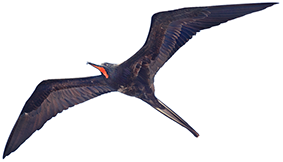
MAGNIFICENT FRIGATEBIRD (Fregata magnificens) Sporting an impressive 7.5 foot wingspan these large birds like to hover over the Cube whenever there is a brisk breeze. Their distinctive angular wings and long tail feathers set them apart from other birds.
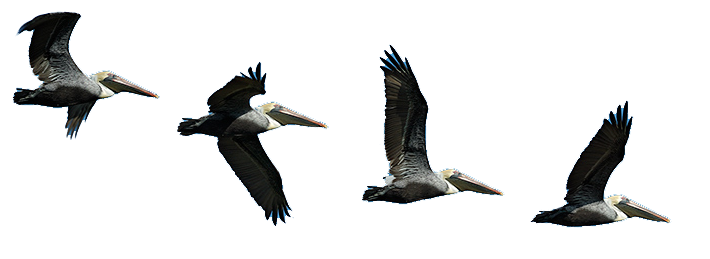
BROWN PELICAN (Pelicanus occidentalis) The ubiquitous brown pelican likes to skim the wavetops. Squadrons of as many as 100 birds may assemble in the afternoon and perform formation flights.
GREAT HORNED OWL (Bubo virginianus) Appearing at dusk, the great horned owl prowls the terrain from the beach to the mountains in search mice and other small nocturnal creatures. These birds habitually perch on the cardón.
MAMMALS
KANGAROO RAT (Dipodomys merriami) Balancing on its long tail, the kangaroo rat hops like its larger namesake. These nocturnal creatures may become unwelcome guests around the campfire.
COYOTE (Canis latrans) The coyote is perhaps the most iconic animal of the desert landscape. They are often seen (and heard) in the evening and at dawn near the Cube.
INSECTS
BEE (Apis mellifera) Honey bees are an import to the New World from Europe. Found in considerable numbers during the construction of the Cube their population in the area has diminished over the last decade. 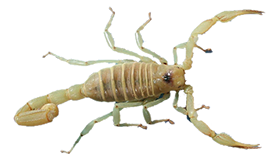
YELLOW SCORPION (Vijovius flavus) The scorpion likes to hide under wood-piles. Its sting is quite dangerous and has been known to be fatal.
REPTILES
SIDE BLOTCHED LIZARD (Uta stansburiana) One of many kinds of lizard you will find near the Cube, the side-blotched lizard is quite small—about two inches long.
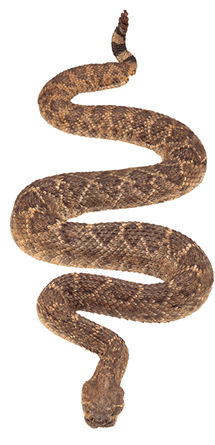
RED DIAMOND RATTLESNAKE (Crotalus ruber) Rattlesakes are common in the desert area. They would much rather slither away than attack you. However, they can deliver a very dangerous bite. They will make a rattling noise with their tail when they sense danger.
PLANTS
CARDÓN (Pachycereus pringlei) Very similar to the giant suguaro cactus and known locally as the suhuaro, the cardón cactus is even bigger and can reach a height of over 60 feet and is a common sight on the highway from San Felipe to Campo Cadena. The trunk and stems are ribbed and covered with small sharp spines with many vertical branches growing from the main stem. The cardón is a popular perch for owls and osprey.
OCOTILLO (Foquieria splendens) A prevalent and distinctive plant in the desert areas of Baja and are found growing all the way to the Anza Borrego desert in California. Spiny and conical in shape the ocotillo can grow up to 13 feet and displays beautiful orange flowers in the springtime, and especially after rain.
PHOTO: OC HIKER
FISHING OFF THE CUBE
Fishing is best a few hundred yards from shore from a small aluminum boat. Bass comprises 90% of the local catch, averaging 2 lbs. Corvina and triggerfish are also found. Triggerfish bite: be careful removing hooks from their toothy jaws. Other fish may turn up further out from shore, such as croaker, especially where the bottom is sandy. The Sea of Cortez is very shallow at the North end of the peninsula with a maximum depth of 100 feet. The best method is to first catch any random small fish with whatever bait is handy. Then cut up the small fish for fresh bait and proceed to fish for the larger specimens.
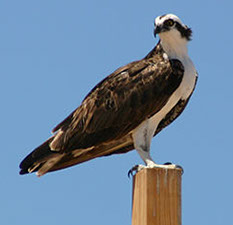 There are well over 3,000 species of plants and animals that are endemic to Baja California and the Sea of Cortez. We identify a tiny fraction of these below, concentrating on the more conspicuous and unusual ones that you may encounter while staying at the Cube. The sand dune, desert, mountain, sea, and tidal environments each support a rich variety of creatures and plants. They are mostly benign, but there are a few that one should be wary of, including stingrays, scorpions and rattlesnakes, and, of course, the numerous thorny cacti that populate the desert. For a more comprehensive overview of the flora and fauna of the area we recommend Roy Houston's truly encyclopedic book Northwestern Gulf of California and Adjacent Desert.
There are well over 3,000 species of plants and animals that are endemic to Baja California and the Sea of Cortez. We identify a tiny fraction of these below, concentrating on the more conspicuous and unusual ones that you may encounter while staying at the Cube. The sand dune, desert, mountain, sea, and tidal environments each support a rich variety of creatures and plants. They are mostly benign, but there are a few that one should be wary of, including stingrays, scorpions and rattlesnakes, and, of course, the numerous thorny cacti that populate the desert. For a more comprehensive overview of the flora and fauna of the area we recommend Roy Houston's truly encyclopedic book Northwestern Gulf of California and Adjacent Desert.
Bass
Triggerfish
Corvina
MARINE LIFE
PIGMY OCTOPUS (Octopus digueti) The pulpo is bout 4 inches long and may be found on the coquina at low tide. A local delicacy
ROCK CLAM (Chione californiensis) These small but tasty clams can be found at low tide.

ROUND STINGRAY (Urobatis halleri) Stingrays hide in the sand and may be encountered at low tide. Their sharp sting at the end of the tail is quite painful. Avoid lifting the feet when wading in shallow water. This shuffling motion will cause the rays to scurry away.
BOTTLENOSE DOLPHIN (Turciops truncatus) Up to 12 feet in length, the bottlenose dolphin can sometimes be observed surfacing and diving.
CALIFORNIA SEA LION (Zalophus californicus) Usually heard rather than seen, the sea loin is a distinctive part of the soundscape during calm weather.
.jpg?crc=3990016976)
STRIPED MULLET (Mugil cephalus) These are the mysterious fish that leap out of the water, sometimes two of three times in succession for reasons unknown. They are often seen close to the shore. Being herbivores, they are elusive to fishermen using bait.
CONNONBALL JELLYFISH (Stomolophus meleagris) Like bright blue tennis balls floating in the water, they are apparently harmless.
An osprey perched on Cube framing

DESERT IRONWOOD (Olneya tesota) The ironwood tree is about 30 feet tall with sparse, prickly foliage. Its dense wood is prized for carving and firewood.
BURRO WEED (Ambrosia dumosa) This grey-green shrub is the dominant vegetation in the sandy areas of the wash to the west.
PRICKLY PEAR (Opuntia) The prickly pear grows clusters oval flat leaves covered with barbed hairs. In the spring it produces vivid pink flowers.
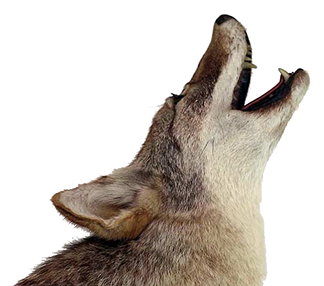
Shore and desert The coastal environment of the upper Eastern peninsula contains many plant and animal habitats that are distinctive and enjoyable to explore by hiking or wading at low tide. At the base of the mountains a few miles to the South you may find fossil clams embedded in the soft greenish rocks. You may find piles of clamshells among the sand dunes which may have been left there perhaps a thousand years ago by feasting humans. The beach itself is a trove of shells, sand dollars, and bird and fish bones.
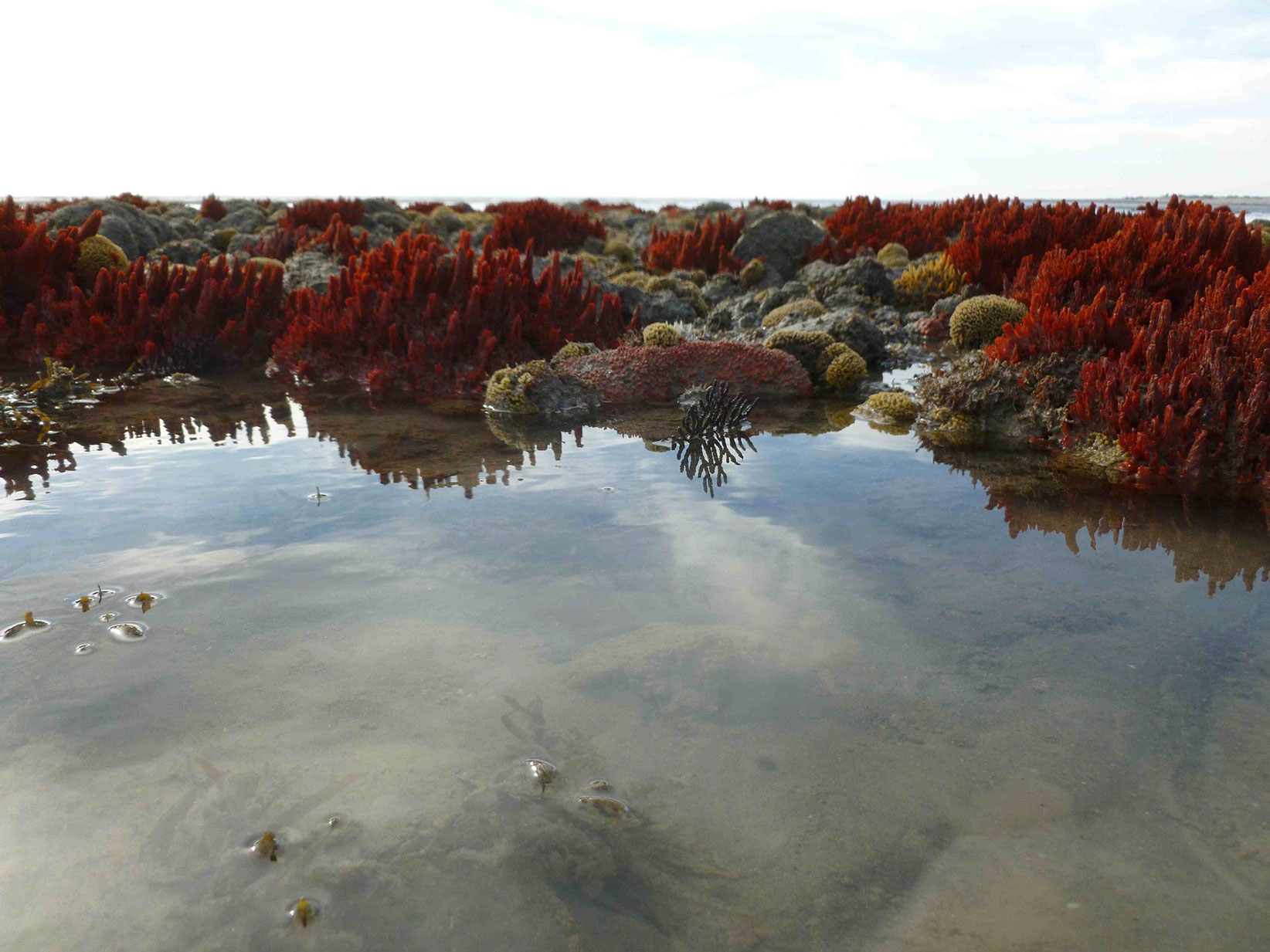
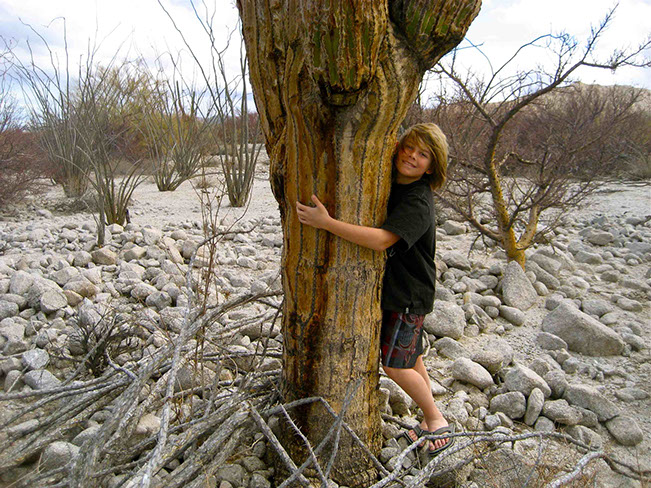
CLAM CIOPPINO À LA TESS
Set the harvested clams in a bucket of sea water and leave them for 24 hours. This allows the clams filter the sand from themselves.
1 onion, chopped
5 cloves garlic, chopped
1 tsp dried oregano
1 Tbs dried basil
4 Tbs olive oil
1/2 stick salted butter
Salt and pepper to taste
1 large can tomato sauce
1 small can chopped tomatoes
1-2 cups red wine (depending on the cooks preference)
2-4 cups fresh Baja clams (soaked in sea water in a bucket for several hours to release sand, rinse well)
Sautee onions, herbs, salt and pepper until the onions are soft. Add garlic and butter, stir until butter melts. Add canned tomatoes and tomato sauce and red wine. Let simmer for an hour or longer. Add clams (Baja shrimp would be welcome too) and put the lid on. Steam until clams open—about 7-10 minutes. Serve immediately with hot tortillas. Yum!
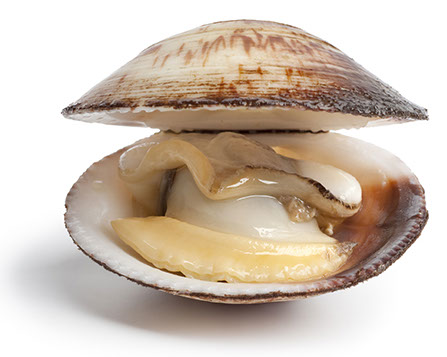
[left] Keifer hugs the base of a cardón. In the background are ocotillos and a copal tree.
[below] Reef about 200 yards offshore exposed at extreme low tide.

